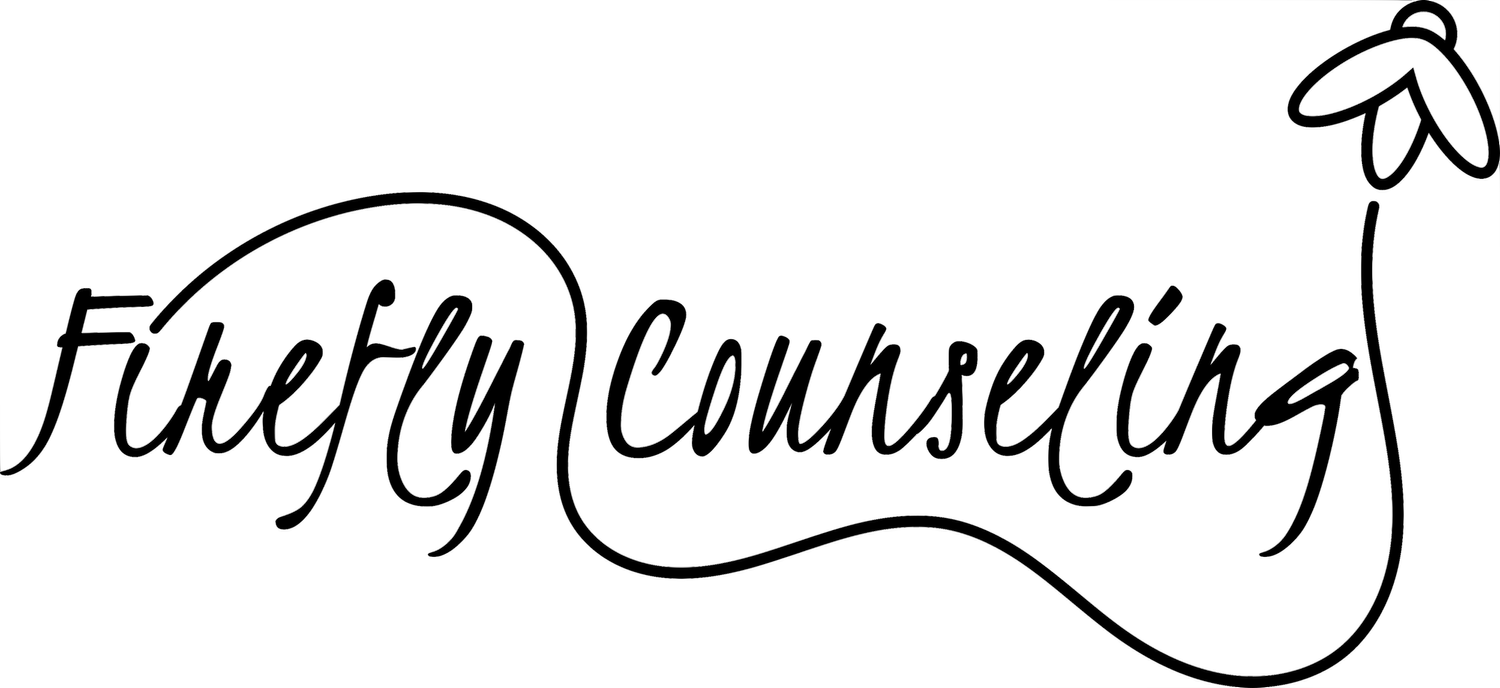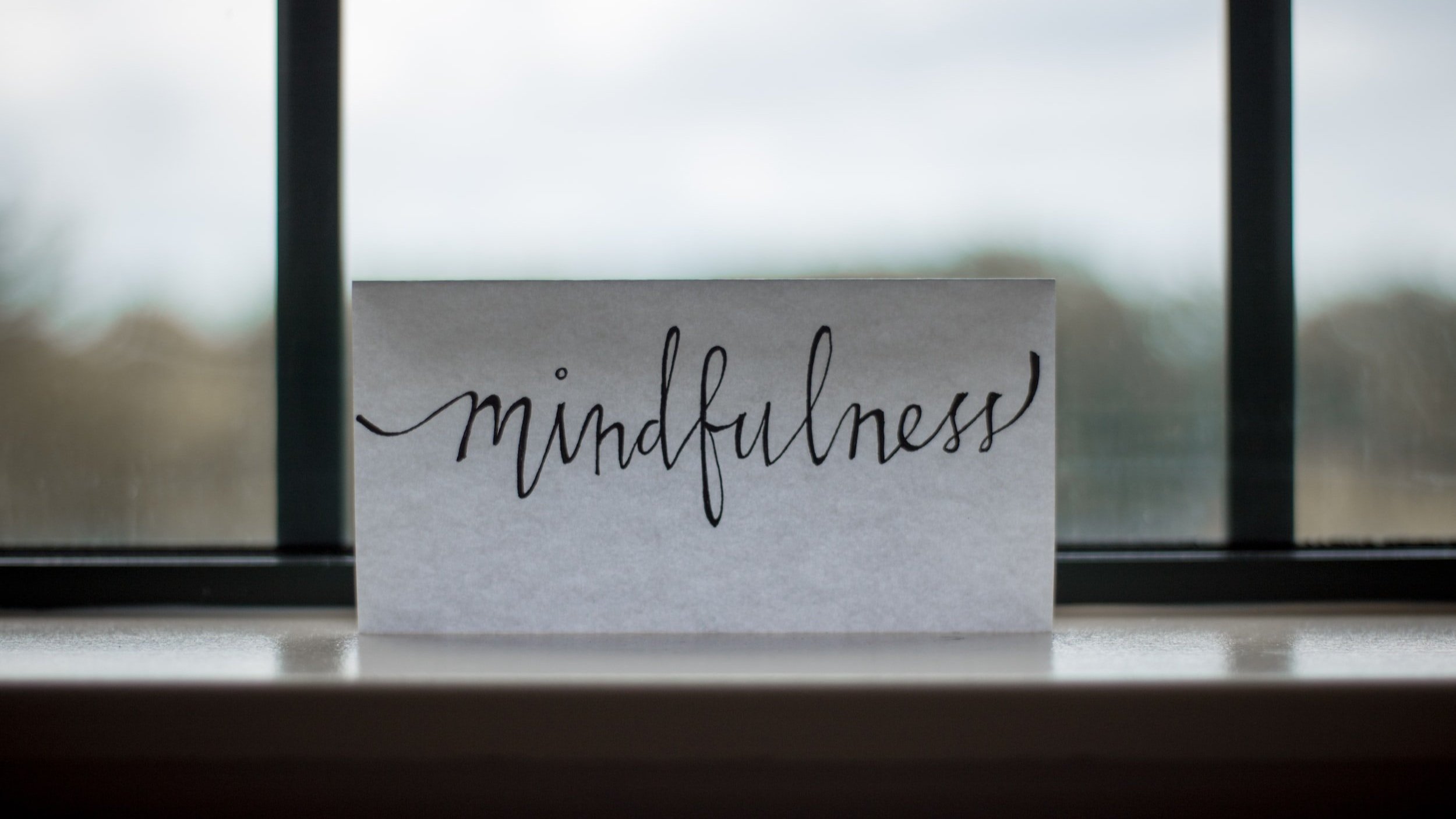What is Mindfulness?
It’s Confusing
Mindfulness is a term that you may be seeing quite a bit these days but what actually is it? You may have heard people suggest “practice mindfulness”. So, does that mean that it’s a type of meditation? It’s also often associated with Yoga so does that mean that it’s a type of Yoga? Very confusing!
I first heard of mindfulness when a friend suggested that when washing dishes, I turn off all distractions and really focus on the process of washing the dishes. She suggested that I notice how the bubbles look, feel, and sound; really look at the plates I am washing, smell the soap, etc. At the time, I thought, “say what? Why would I want to do that? It sounds boring!”. Suffice it to say, I didn’t try it.
The next experience I had was when an organization I was part of hosted a seminar on “mindful eating”. We were all given a blueberry and then told to first hold it in our hands and examine it: what color was it, what did it feel like, etc... We then proceeded to put it in our mouths and examine it there before eating it, progressing to eating it slowly and attentively. This was pretty cool as the flavor was elevated and led me to think “this has some use for reducing my eating. If I really savor food this way, I will likely be more satisfied and not need to eat as much!”.
I ate mindfully more often after that but I didn’t think much about Mindfulness until I started training as a therapist. There, I learned that it is an effective tool for treating anxiety, depression, and other mental health issues. I thought “Really? This goofy thing that my friend told me about years ago?”. As a matter of fact, it is a big component of one of my favorite evidence-based therapies, which is called Acceptance and Commitment Therapy, or ACT for short.
So, what is Mindfulness then?
Well, the simple definition is “being in the present moment without judgment”. But what does that mean? Let me break it down for you.
The Present Moment
The present moment is what we notice is happening right here and right now. There are three categories that we notice in the present moment: Things we notice with our 5 senses, our thoughts, and our body sensations.
1. The 5 Senses
Remember when you learned about the 5 senses in grade school? The sense of sound, sight, taste, smell, and touch? How cute we were learning that…. Well, anything you currently hear, see, taste, smell, and touch is in the present moment.
For example, let’s say you were to sit quietly and list everything you hear. You might list muffled voices, a song on the radio, a car screeching, a clock ticking, a bird chirping, etc. If you were to then list what you see, you might list a wall hanging, an oak tree, a garbage can, a sink with dirty dishes in it, a candle, etc. If you were to list what you can feel, you might say the floor beneath your feet, the hat on your head, the chair underneath you, etc. The same concept applies to the sense of taste and smell. Remember the blueberry exercise I mentioned? That includes the sense of touch, smell, taste, and sight. Ah, that was one of the lessons I was supposed to glean from the exercise!
2. Thoughts
Do you ever notice that thoughts pop into your head all day long especially when you not focusing on anything? If you were to categorize the types of thoughts you have, you may list evaluative, anticipatory, planning, worry, problem-solving, etc. Our minds automatically throw out thoughts all day long. It’s what minds do and it happens to all of us. Some of these thoughts are fun to have, some are annoying, some are scary, and some are silly. These thoughts are happening right now in the present moment and we can notice them just like we notice sounds, sights, smells, tastes, and touches.
Note that just noticing the thoughts is considered mindfulness. If we get caught up in the thought and start to go with it rather than just observing it, that is not mindfulness. When we deliberately do something that fully engages our mind like doing a work project, helping a friend solve a problem, sleeping, or writing a blog entry 😉, we don’t even notice the thoughts. But let’s say, we are standing in line at the DMV and don’t have any reading materials with us, including our phones. My guess is we would start noticing our thoughts and likely get caught up in them. We might start planning our week, solving a work problem, or making up a story about the person standing in line in front of us. Getting caught up in the thoughts in this way is not mindfulness because it is taking us beyond the present moment into acting on the thought. However, if we just notice the thoughts such as “my mind is thinking about a work problem” or “my mind is making up a story about the person in front of me”, that is mindfulness! This type of mindfulness is probably the most difficult to do but it is doable and very helpful!
3. Body Sensations
Our bodies experience various sensations all the time because they need to digest food, keep the heart pumping, tell us when we are cold, tell us when we are in danger, etc. When we notice these sensations, that is also Mindfulness. For example, let’s say we scan our bodies from head to toe and notice what is happening in each place. We may notice our breathing, pressure in our forehead, a relaxed shoulder, minor pain in our abdomen, a sore calf muscle, etc. This is an exercise in mindfulness.
Note that a sensation sometimes triggers us to have a thought. Noticing that thought is also mindfulness. However, as we discussed in #2, acting on the thought is not mindfulness. For example, let’s say we notice a sensation of pressure in our forehead, which then triggers a thought that it may be the first sign of the flu. If you just notice that you are having a thought that this might be the flu, that is mindfulness. If you start looking up flu symptoms on your phone, that is not mindfulness because you are now acting on the thought.
Without Judgement
The definition of mindfulness also includes the phrase “without judgment”. This means that while you are noticing things in the present moment, you are refraining from judging or evaluating what you are noticing. Instead, you are just being an observer. For example, if you hear a car screeching, your mind may be tempted to think that the driver was being careless. This is going down the path of judgment so you notice the thought and return to noticing the sound without evaluating it. Alternatively, let’s say you notice that the person in front of you is wearing a brown jacket that you think is ugly. This is also going down the path of judgment so you notice the thought and return to noticing the jacket without evaluating it.
Conclusion
So, mindfulness is not a meditation or a type of yoga, it is a way of being: in the present moment without judgment.
And, since our minds are constantly feeding us thoughts that can potentially pull us away from the present moment and cause us to judge or evaluate, mindfulness is not a natural way of being. So, people who want to live “more mindfully”, need to work at it. There are many ways to do this such as:
noticing with your 5 senses while eating a blueberry
sitting quietly for several minutes while noticing the present moment without judgment (meditation)
doing the dishes without any distractions and noticing with your 5 senses
noticing your thoughts while standing in line at the DMV rather than being caught up in them
doing a body scan to notice your body sensations
There are many other ways as well and I encourage you to find the one that resonates with you as you will be more likely to continue doing it.

